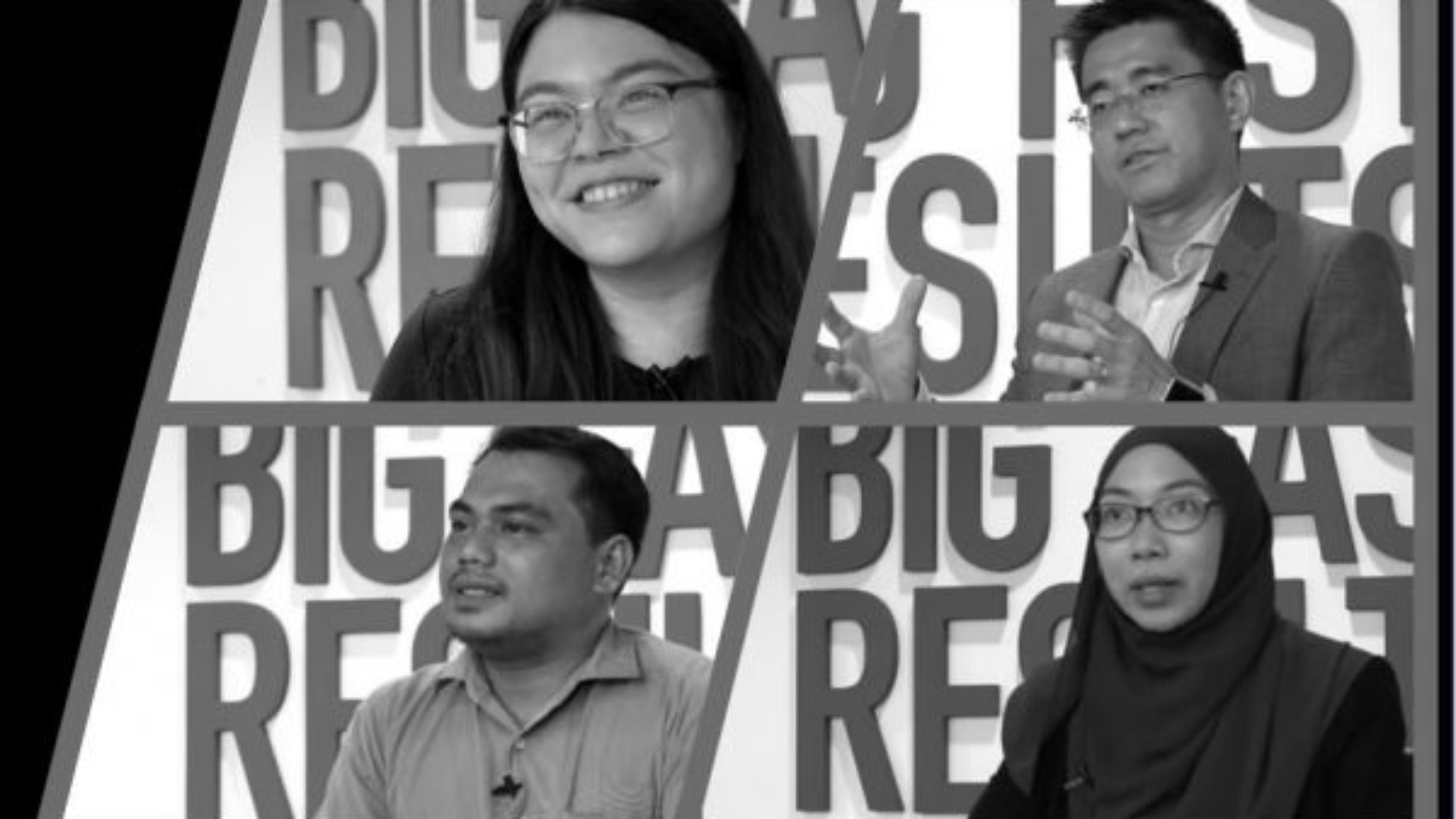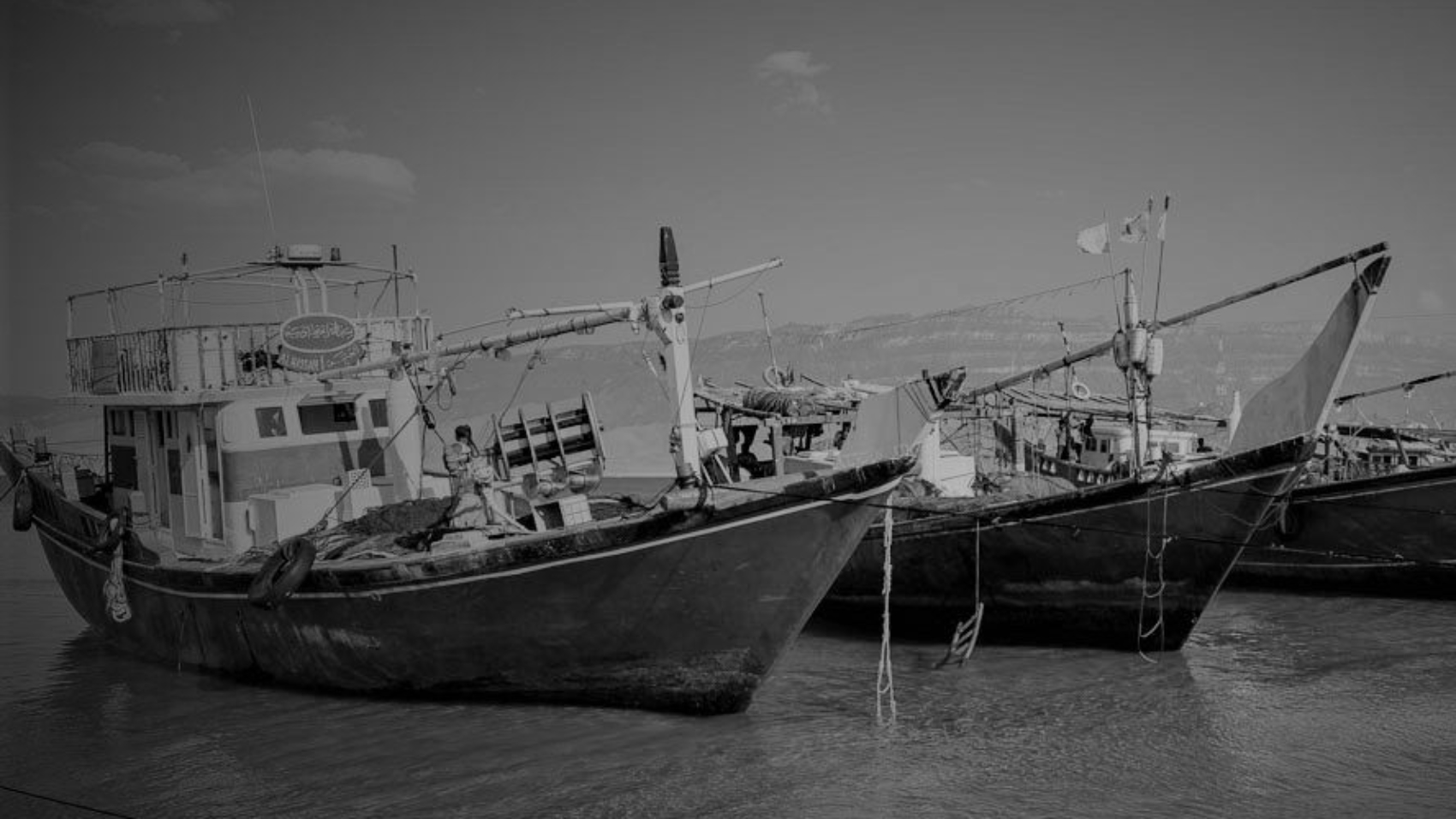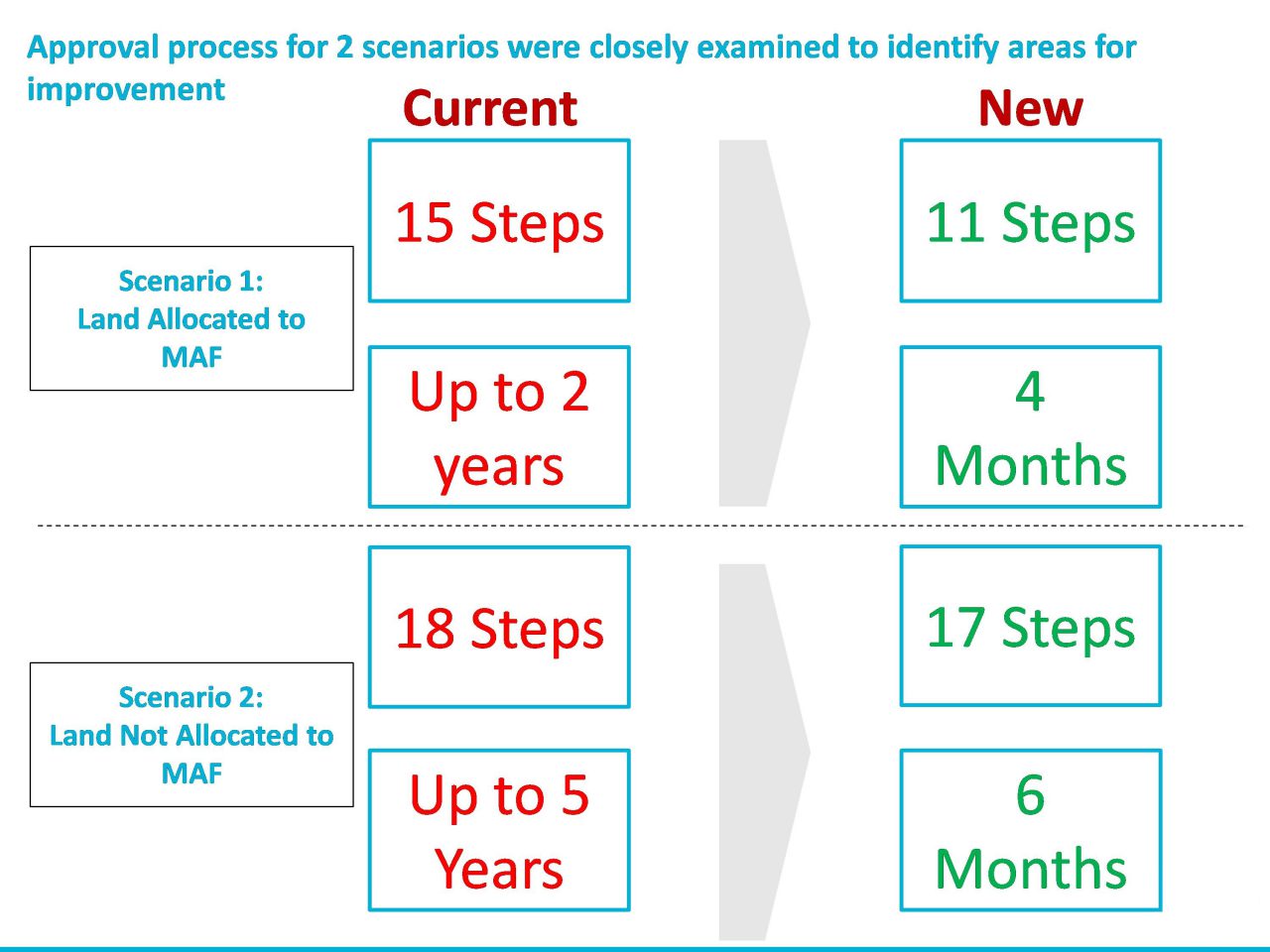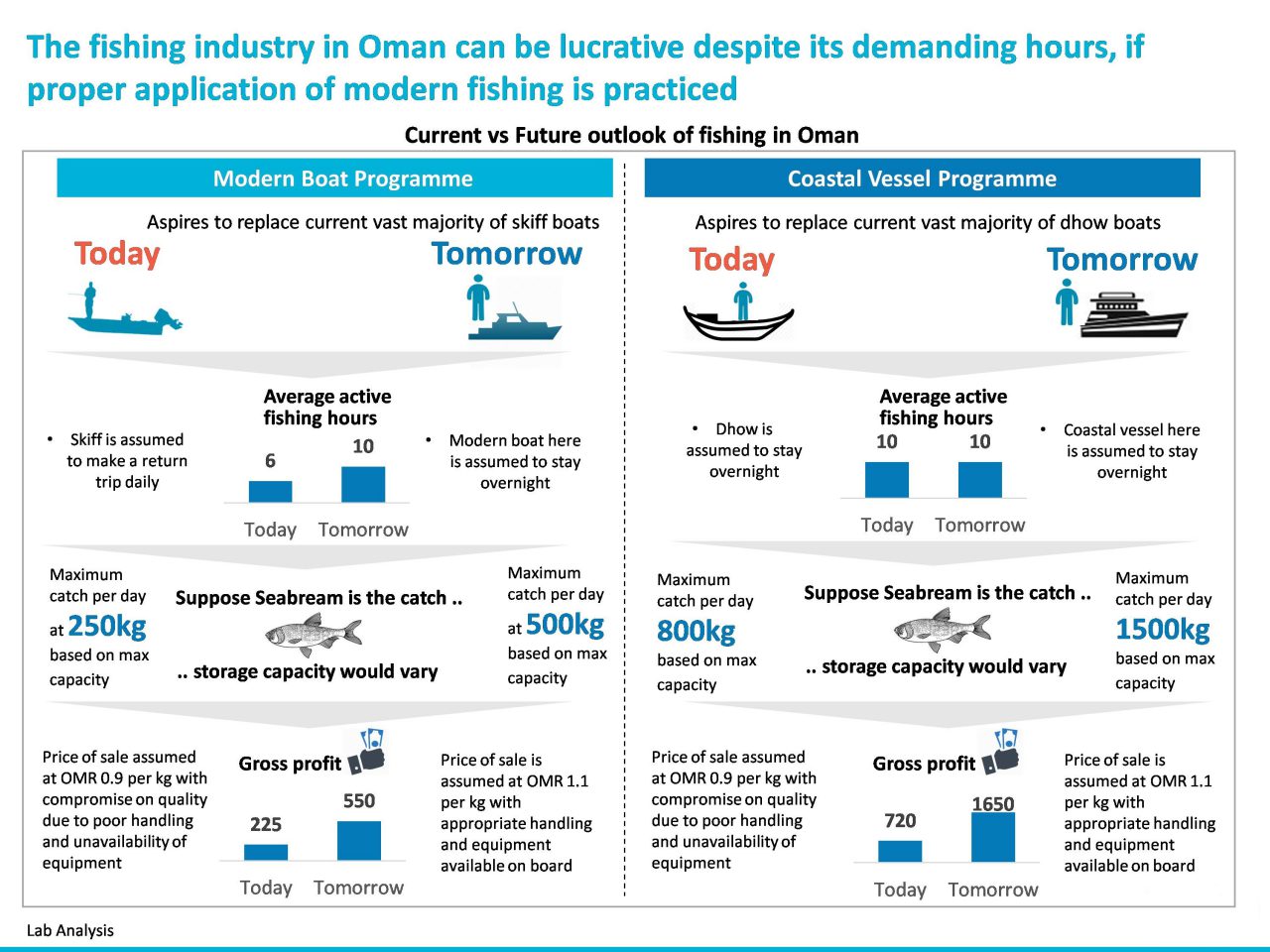Transformation is often on the agenda of many governments and businesses. And with the plethora of talents nestled within these organisations, it begs the question: why do some pursuits of transformation miss the mark?
Fear of the road less travelled.
 It would be stretching the truth to say that all roads to transformation are wide, open and free from blockages. The work that PEMANDU Associates engages in is deeply rooted in their Big Fast Results (BFR) Methodology – 8 Steps of Transformation© to deliver gargantuan results in as short a timeframe as possible. But often, the greater the destination, the tougher the journey.
It would be stretching the truth to say that all roads to transformation are wide, open and free from blockages. The work that PEMANDU Associates engages in is deeply rooted in their Big Fast Results (BFR) Methodology – 8 Steps of Transformation© to deliver gargantuan results in as short a timeframe as possible. But often, the greater the destination, the tougher the journey.
This is why the methodology has to be coupled with a paradigm shift of what the firm calls “The Being” by instilling an intensive discipline of action within the organisation committed to the pursuits of transformation.
As the late Leo Burnett, founder of one of the world’s leading advertising agencies, once said “reach for the stars – you may not get one, but at least you won’t come up with a pile of mud either.” Businesses and governments must be willing to take the road less travelled by setting Olympic-sized targets. And in doing so, must be willing to exercise some grit in putting them into motion.
One says left, another says right.
Another hindrance to any transformation journey is a lack of employee engagement, insufficient management support, poor or even non-existent cross-functional collaborations and a lack of accountability within the organisation.
In a particular project that PEMANDU Associates embarked on, the firm was tasked with helping them identify new revenue streams to boost their profitability. However, its attempt at transformation appeared hamstrung at the start. While the programme obtained the buy-in of its top leadership, other business units within the group were unfortunately more difficult to win over. From their perspective, however, PEMANDU Associates understood that their lack of commitment to the endeavor stemmed from their view that certain aspects of their business were not triggering any red flags and thus, did not warrant transformative action – a classic case of “if it isn’t broken, don’t fix it”.
Alignment is imperative. And one of the ways that PEMANDU Associates has successfully achieved this is through its Lab process. This entails getting key stakeholders across different units into a room for a period of six to eight weeks to collectively diagnose key issues and subscribe strategic enablers to move forward.
For the firm’s public sector clients, this process involves key players from the private sector as well, for their perspectives. The result is cross-functional alignment that sets the scene for a collaborative journey ahead.
A lack of detail in delivery
 Many governments and businesses alike have beautiful targets. But these often fall apart due to an absence of detailed action plans to move the needle. The level of detail required does not stop at setting stringent timelines of delivery but extends to tracking results meticulously and frequently.
Many governments and businesses alike have beautiful targets. But these often fall apart due to an absence of detailed action plans to move the needle. The level of detail required does not stop at setting stringent timelines of delivery but extends to tracking results meticulously and frequently.
For PEMANDU Associates’ private sector clients, a practice they employ religiously is developing segmented profit and loss statements. For example, at its most basic level, if you are an airline, it means rigorously tracking yield per flight. This will help you identify specific pain-points to prioritise business efforts.
Following our experience on the aforementioned project, we found that for transformations to take root, it is crucial to establish laser focus on identifying the fundamental issues to enable targeted solutions in being achieved.
Discomfort with being uncomfortable
The frameworks outlined above share one commonality – tough work. Organisations need to be comfortable with discomfort from end-to-end on their transformational pursuits. But the good news is that with the right structures in place, we can at least be better equipped to stay the course in playing what the firm calls the “Game of the Impossible”.


 Before the internet and social media, the modus operandi for companies was to put out a piece of advertising with a nice headline, coupled with requirements for the job. Then, hope that qualified individuals would find their ad in the sea of job postings nestled in the pages of local newspapers or trade magazines.
Before the internet and social media, the modus operandi for companies was to put out a piece of advertising with a nice headline, coupled with requirements for the job. Then, hope that qualified individuals would find their ad in the sea of job postings nestled in the pages of local newspapers or trade magazines. With that, COMMUNICATE sought to tell the stories of people who, in the same spirit, embarked on a journey of personal transformation by getting out of their comfort zones. Each of these stories revealed how DIALOG had given them the space and opportunities to do things they would have never imagined.
With that, COMMUNICATE sought to tell the stories of people who, in the same spirit, embarked on a journey of personal transformation by getting out of their comfort zones. Each of these stories revealed how DIALOG had given them the space and opportunities to do things they would have never imagined.
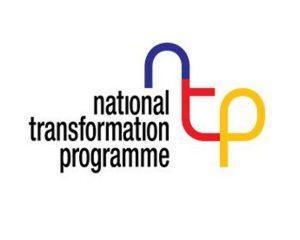 Cognisant of the need to radically transform its economic and social fabric, the then government, embarked on a National Transformation Programme in 2009 to focus on delivering socio-economic improvements to put Malaysia firmly on the path out of the middle-income trap and propel it into a high-income nation status.
Cognisant of the need to radically transform its economic and social fabric, the then government, embarked on a National Transformation Programme in 2009 to focus on delivering socio-economic improvements to put Malaysia firmly on the path out of the middle-income trap and propel it into a high-income nation status.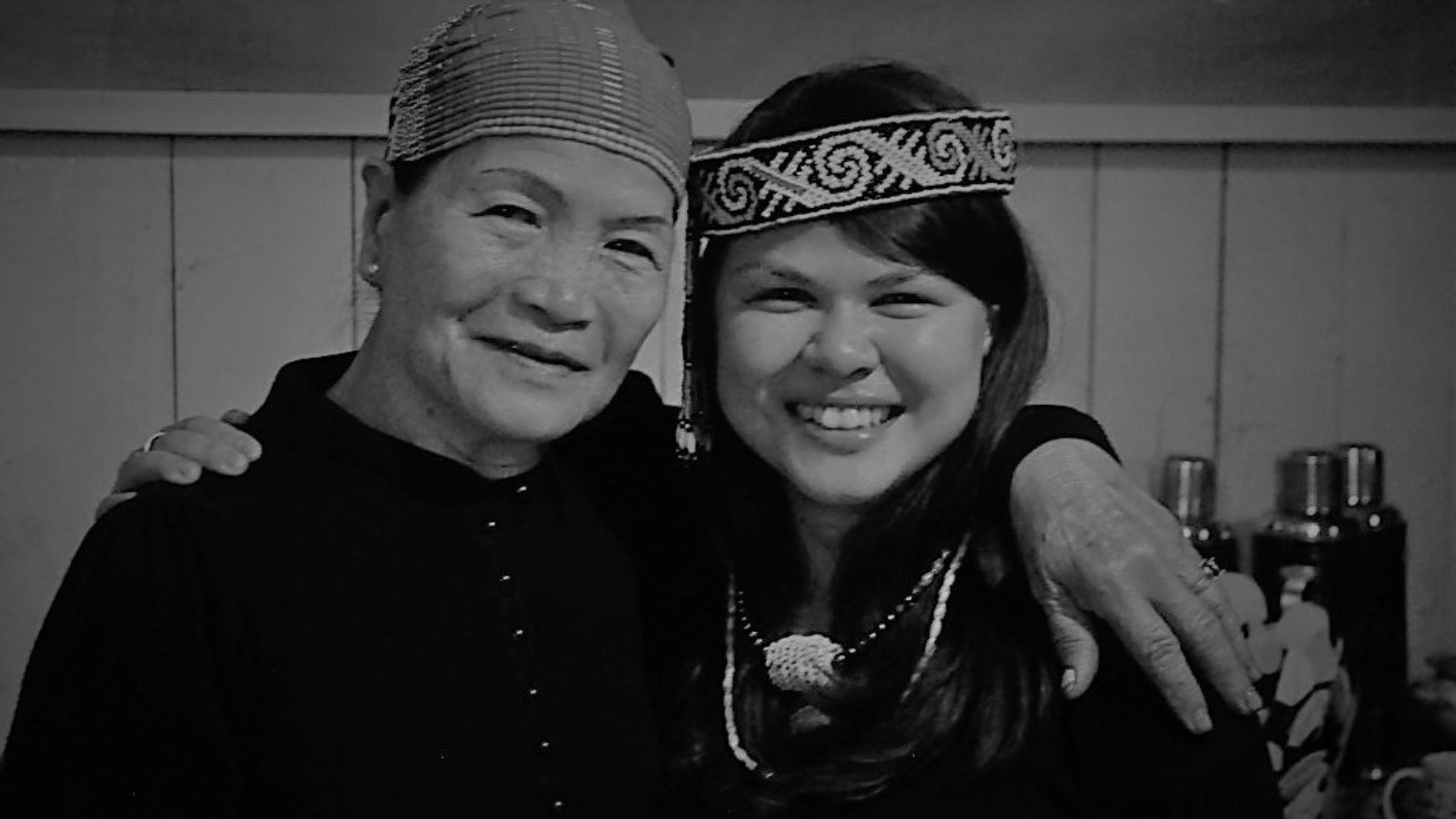

 After a few years of translating Brexit into an implementation plan, it is now blatantly obvious that the rose-tinted hopes of those who voted for Brexit will not be achieved.
After a few years of translating Brexit into an implementation plan, it is now blatantly obvious that the rose-tinted hopes of those who voted for Brexit will not be achieved. If you don’t conquer the fear of failure, you won’t have the courage to play the game of the impossible. There is no guarantee of success but it gives you the best chance of success.
If you don’t conquer the fear of failure, you won’t have the courage to play the game of the impossible. There is no guarantee of success but it gives you the best chance of success. For me, it’s spending time with my family – this includes my extended family of guitars. When I’m at home, I try to get at least an hour in of playing and singing the blues to a captive audience (my lucky/poor wife, Ngan).
For me, it’s spending time with my family – this includes my extended family of guitars. When I’m at home, I try to get at least an hour in of playing and singing the blues to a captive audience (my lucky/poor wife, Ngan).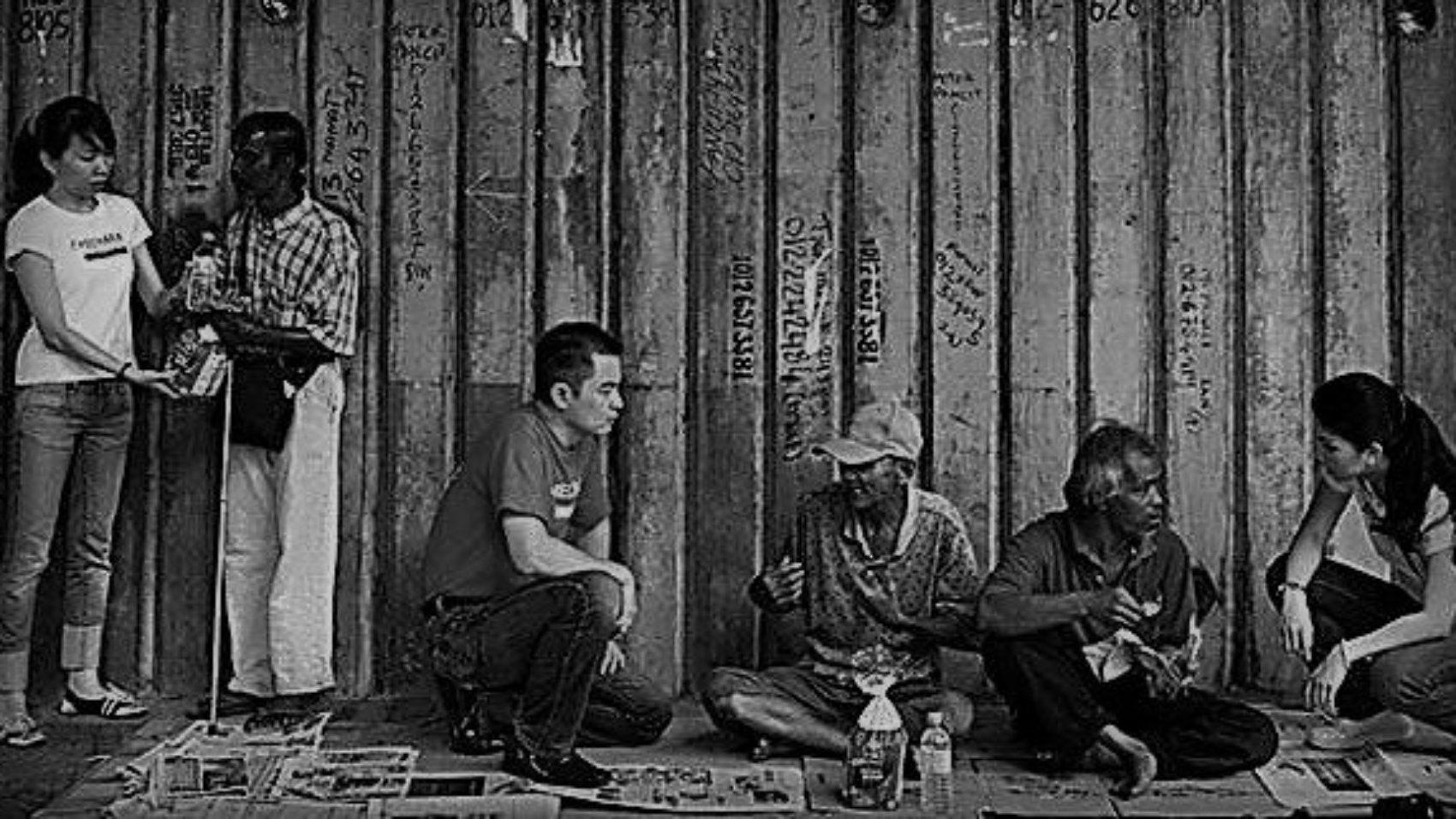
 Technology is evolving at breakneck speeds. Governments are introducing more inclusive economic policies. And yet, homelessness continues to be a prevalent issue.
Technology is evolving at breakneck speeds. Governments are introducing more inclusive economic policies. And yet, homelessness continues to be a prevalent issue. KSK has managed to amass one of the largest databases of “clients” or urban poor individuals. Each of their clients has a pictured profile complete with their background and medical information.
KSK has managed to amass one of the largest databases of “clients” or urban poor individuals. Each of their clients has a pictured profile complete with their background and medical information.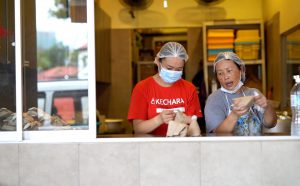 Beyond the homeless, KSK also supports the plight of certain financially struggling households – most notably, those of single mothers.
Beyond the homeless, KSK also supports the plight of certain financially struggling households – most notably, those of single mothers.
 The fortunes of Malaysian football over the last three decades or so, is well documented and still hotly debated about to date. Malaysia’s defeat of South Korea to qualify for the Russian Olympics in the year 1980 remains a fabled international milestone.
The fortunes of Malaysian football over the last three decades or so, is well documented and still hotly debated about to date. Malaysia’s defeat of South Korea to qualify for the Russian Olympics in the year 1980 remains a fabled international milestone. Buoyed by the challenge to chart their footballing fortunes and ensuring their fans are not starved of consistent success on the pitch, the Football Association of Selangor (FAS) has set out on a transformation journey as it seeks to return to its position as Malaysia’s most prolific club. While their local rival club PKNS FC holds the most number of titles in Malaysian leagues, FAS has not won a title since 2015.
Buoyed by the challenge to chart their footballing fortunes and ensuring their fans are not starved of consistent success on the pitch, the Football Association of Selangor (FAS) has set out on a transformation journey as it seeks to return to its position as Malaysia’s most prolific club. While their local rival club PKNS FC holds the most number of titles in Malaysian leagues, FAS has not won a title since 2015.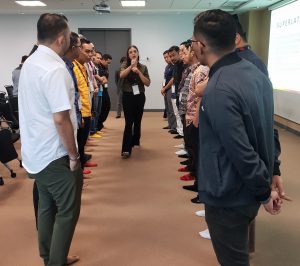 During the workshop, FAS identified several immediate and long-term targets to work towards in the next five years. These included winning one major trophy and consistently qualifying to compete in Asian club football tournaments, achieving a 100% year-on-year increase in stadium attendance, recording yearly sustainable profits and embarking on holistic football development across all age groups.
During the workshop, FAS identified several immediate and long-term targets to work towards in the next five years. These included winning one major trophy and consistently qualifying to compete in Asian club football tournaments, achieving a 100% year-on-year increase in stadium attendance, recording yearly sustainable profits and embarking on holistic football development across all age groups.